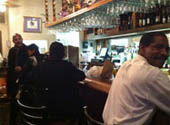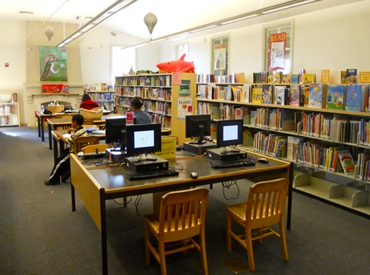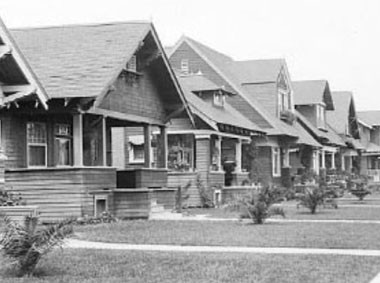Listen to the audio story from Annenberg Radio News:
 In 1969, New Orleans transplants Harold and Belle Legaux opened a new hot spot in the Jefferson Park area of Los Angeles. Creole food, atmosphere, jazz music, and good drinks were served every night at Harold & Belles. It became in institution.
In 1969, New Orleans transplants Harold and Belle Legaux opened a new hot spot in the Jefferson Park area of Los Angeles. Creole food, atmosphere, jazz music, and good drinks were served every night at Harold & Belles. It became in institution.
“It is the local watering hole for most people in the community who are what you would consider movers and shakers in our community.”
That was Rev. Eric Lee, one of the many business and political leaders in the area who visit Harold & Belle’s two or three times a week. It’s like an extended family, and one that’s very protective of one another.
Inside, Harold & Belle’s is like a time capsule, transporting you back to the restaurant’s glory days in 1969. It’s the same beige wallpaper, same tables, same bar stools, even some of the same people. The only thing that’s changed is the addition of more and more family photos on the wall.
Ryan Legaux, General Manager of the restaurant and grandson of the original Harold and Belle, is featured in many of those photos. But times have been tough and sales are down 30% from just a few years ago. When Ryan’s father, Harold Jr., passed away last year, his mother and her business partners considered closing it all down.
“I told them ‘no, ya know, stick it out if you can I’d like to take it over and create more business for it, kind of keep it going.”
They agreed, but Legaux would not be getting a family discount. To finance his dream, he applied for a $2.6 million loan from the federal government. Though he has been approved by the city council, Legaux hasn’t yet received federal approval. He remains optimistic.
“Our intentions are good and we’re straightforward as to what we’re trying to do.”
Legaux says he’ll keep the doors open with or without the loan. He owes it to his family.
“It also is a family legacy. It’s my grandparents name on the building, on the business. It’s my parent’s hard work for 30 plus years. It’s my career for the past 10 plus years. When I want to have kids and when I want to have a family of my own it’s going to be a part of their legacy too.”
The world has changed outside in 42 years. But inside Harold & Belle’s is still serving the same food, drinks, and the same family.









 The Jefferson Branch Library, open for nearly a century, is a building that has witnessed the changing landscape and make-up of the Jefferson Park community. It is one of the few buildings in the neighborhood placed on the National Registrar of Historic Places, recognizing its early 20th century Spanish-style architecture.
The Jefferson Branch Library, open for nearly a century, is a building that has witnessed the changing landscape and make-up of the Jefferson Park community. It is one of the few buildings in the neighborhood placed on the National Registrar of Historic Places, recognizing its early 20th century Spanish-style architecture. Almost every community has one – a place to hang out, grab a bite, see friends and feel safe – think Central Perk in “Friends” or the Regal Beagle in “Three’s Company.” Places like these aren’t always portrayed in the media for predominantly black and Hispanic communities, but Jefferson Park has what many in the community call their “black Cheers”: Harold and Belle’s, a family owned Creole restaurant.
Almost every community has one – a place to hang out, grab a bite, see friends and feel safe – think Central Perk in “Friends” or the Regal Beagle in “Three’s Company.” Places like these aren’t always portrayed in the media for predominantly black and Hispanic communities, but Jefferson Park has what many in the community call their “black Cheers”: Harold and Belle’s, a family owned Creole restaurant. South Los Angeles has changed drastically over the past 150 years with many events adding to the changing face of the area. Jefferson Park, an area just west of USC’s campus, is one area of Los Angeles that underscores these changes.
South Los Angeles has changed drastically over the past 150 years with many events adding to the changing face of the area. Jefferson Park, an area just west of USC’s campus, is one area of Los Angeles that underscores these changes.




